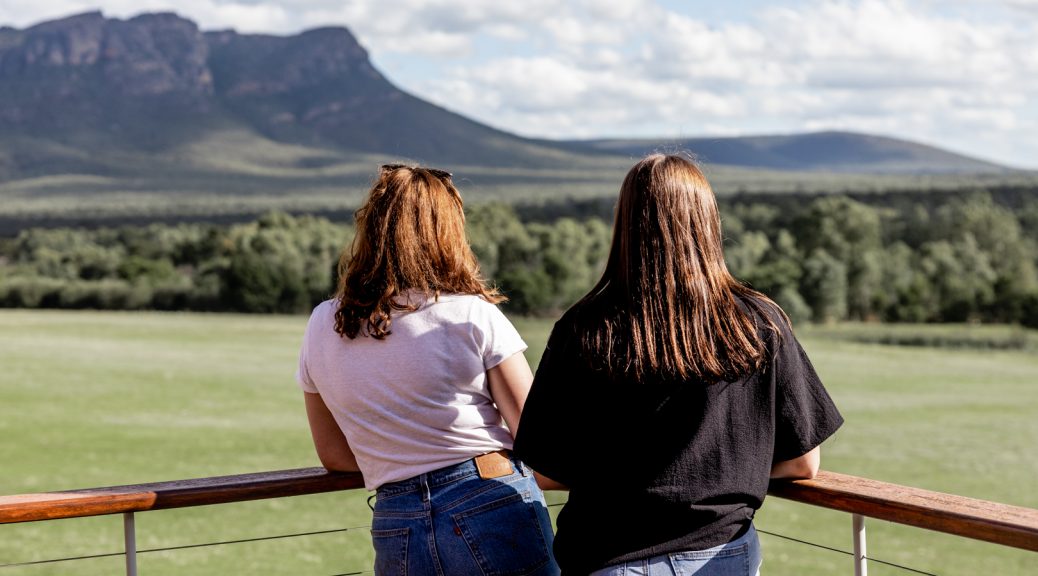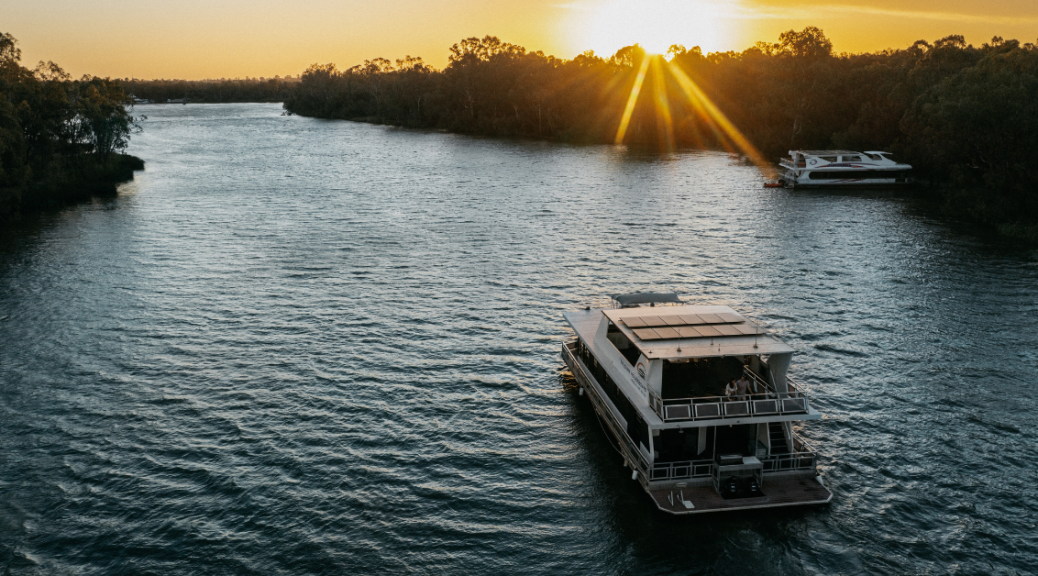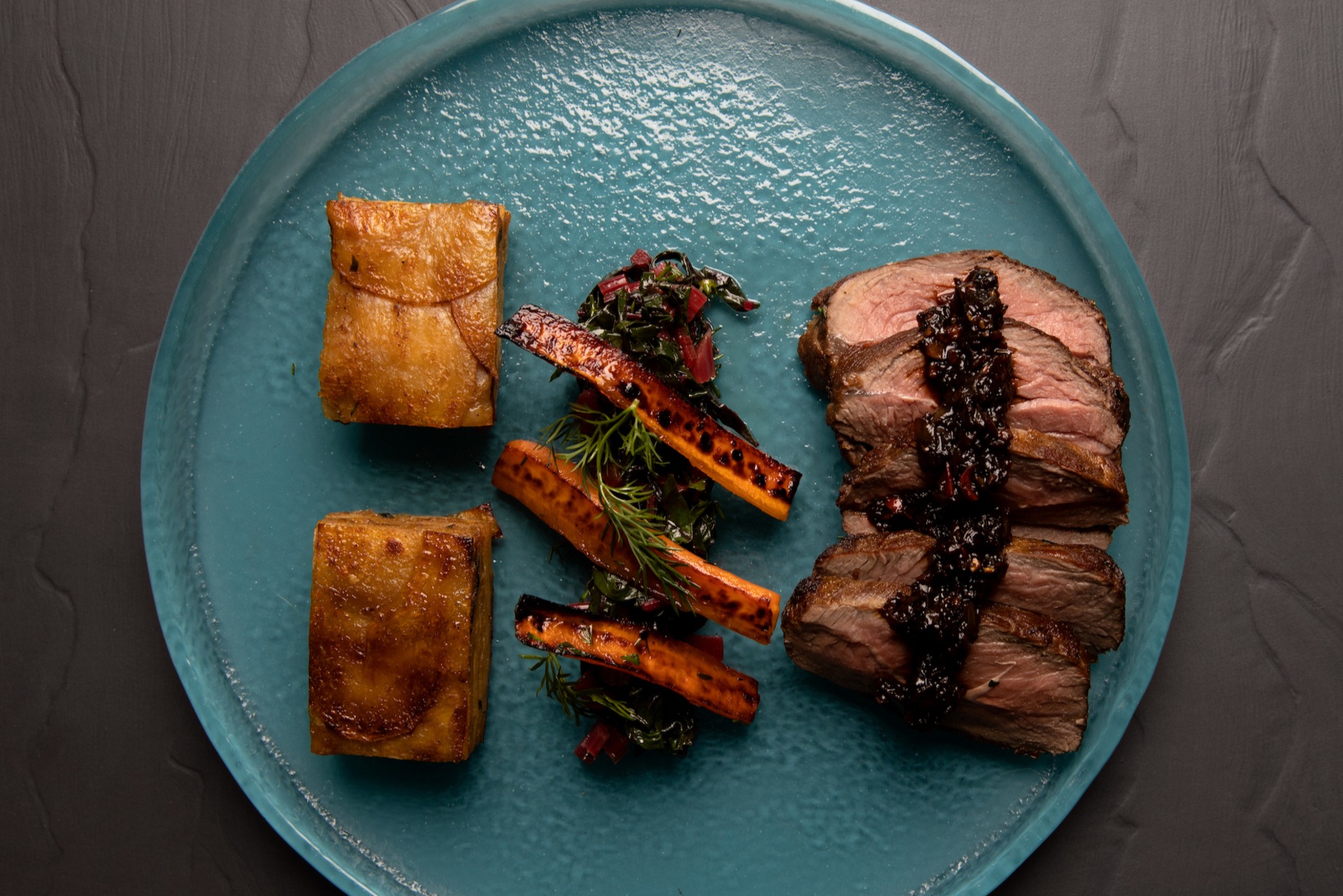Archives
From rolling green hills to charming railway towns: your guide to West Gippsland
Many times we have watched with envy, the photos uploaded by those touring the region of West Gippsland. So we thought it’s about time we explore this region for ourselves.
The rail towns of West Gippsland are less than an hours drive from Melbourne CBD and with the option of catching a V-line train, means you can easily explore this diverse small-town community as a weekend day trip with friends.
As you can see from our itinerary below, it’s quite the day out, with not a moment to spare, so pack the car or jump on the V-line and come and join us in West Gippsland!
Highlights of the
Diamond Creek Trail
Winding its way between Eltham and Hurstbridge, the Diamond Creek Trail is popular with bike riders, joggers and walkers of all ages, who come to explore the wonderful mix of playgrounds, wetlands, historic sites and cafes that make the trail so endlessly fascinating.
The trail is approximately 20 km in length with the northern end of the trail starting just near the Hurstbridge railway station. The trail mostly follows the flow of the Diamond Creek, diverting at times past the railway, bushland reserves and football ovals to end at Eltham Lower Park, just a 30min drive or train ride from the Melbourne CBD.
There’s so much to see and do along the Diamond Creek Trail, so use our guide to plan your own trip along this wonderful treasure in the north east of Melbourne.
A spring time tour of Manningham
Recently the team at One Hour Out were invited to explore Manningham in the north-eastern suburbs of Melbourne. What we found was an incredibly diverse mix of residential suburbs and verdant riverside parklands.
The region includes some of Victoria’s most engaging art experiences and the eclectic mix of cafes, restaurants and boutique shopping is second to none. The northern edge of Manningham is marked by the Yarra River that winds its way down from the Yarra Valley towards the city, with endless walking trails, picnic locations and playgrounds.
Come and join us as we explore this outstanding region.
Your Guide to the Goulburn River and Ranges
The Goulburn River might not have the PR team of the mighty Murray but as Victoria’s longest river it has long been a part of peoples’ daily lives. It is the region’s lifeline of agriculture, a cultural and historic touchstone as well as a magnet for outdoor activities.
Your road trip offers so many waterways to choose from, including one of Victoria’s largest man-made lakes, enchanting waterfalls and secluded fishing spots. No matter the season, you’ll be greeted with breathtaking scenery, pretty little towns and down to earth hospitality as you wind your way through this special part of central Victoria – all within a short, easy drive out of Melbourne.
Here’s an itinerary to get you started.
Where the wildflowers are: with artist and ecologist Georgina Gould-Hardwick
Words by Della Vreeland Images supplied
The spring season may be an idyllic time to go wildflower spotting, but these pretty native plants actually flourish in parklands, forests and reserves year-round – all you have to do is look above, around and below.
You’re bound to encounter wildflowers in any natural setting. And while some are endemic, meaning they are native to a certain area, most species can be found all over.
Artist and ecologist Georgina Gould-Hardwick is a graduate of fine arts and environmental science, and her love for ecology, native plants and wildlife inspires most of her art. With Georgina’s help, we have created a list of spots to seek out wildflowers across regional Victoria.
Woowookarung Regional Park
#oneandahalfhoursout
Located in Ballarat, Woowookarung Regional Park is a new 641-hectare regional park created in 2016 through the ongoing efforts of the local community and its many user groups. ‘Woowookarung means place of plenty in Wadawurung language,’ Georgina says. ‘Walking through the meandering tracks and trails of the Woowookarung, you will find a plethora of wildflowers, including many pea species, such as masses of Golden Bush-pea or the beautiful Herdenbergia sprawling over fallen logs. And don’t forget to watch out for the dainty native Violet or Ivy-leaf Violet that are very small and grow low to the ground.’
Enfield State Park
#oneandhalfhoursout
Lying on the outskirts of Ballarat, the Enfield State Park boasts a similar landscape and wildflower variety as Woowookarung. ‘Here you’ll find many of the same species due to the bushland once being part of a much larger area of forest prior to European settlement,’ Georgina says. ‘However, Enfield State Park has many of its own curiosities, with endemic species such as the Enfield Grevillea.’
Buckley Casuarina Woodland
#oneandahalfhoursout
Along the Otway Plain around Winchelsea and Wurdale, the Buckley Casuarina Woodland is home to quite a large remnant of drooping Sheoak. Usually growing in poor, dry soils, the species is wind pollinated and dioecious (male and female flowers on separate trees). ‘The female flowers are very inconspicuous,’ Georgina says. ‘But if you look closely you can see the cutest fuzzy flowers.’
Bald Hill Reserve
#onehourout
Renowned for its wildflowers, Kyneton’s Bald Hill Reserve is home to many precious peas including remnants of the nationally threatened Clover Glycine. The reserve is also home to other wildflowers including the Yellow Rush Lily and Sticky Everlasting.
Gippsland Lakes Coastal Park
#threeandahalfhoursout
Wetlands are the best place to spot aquatic species such as Water Ribbons, which are mostly discovered in permanent swamps, lagoons and streams. They feature an erect spike up to 30cm long and boast cream to pink flowers. Normally a plant of freshwater environments, some Water Ribbons have a huge tolerance to the saline and acid waters in East Gippsland. Spectacular displays of orchids, wattle and heathland can also be discovered within this extensive coastal park.
The Grampians
#threehoursout
The Grampians region is home to a huge variety of emerging wildflowers including pink and white heath, orchids and blooming tea-trees in their natural settings. Wander around the vast bushlands of the region and catch a glimpse of the eye-catching flora, or visit in early October for Halls Gap’s Wildflower Walkabout Weekend.
Slatey Creek
#oneandahalfhoursout
If you’re seeking an overdose of wildflower species, Slatey Creek near Creswick will surely indulge your appetite. Native peas, Goodenia, Drosera and Golden Spray are just a few of the species that can be found here. The area is also home to the Murnong Yam Daisy, a widespread wildflower in Victoria that can be found in dry, open forests everywhere. With a tufted rosette of toothed lanceolate leaves, it is reminiscent of a dandelion due to its yellow head of florets, and its tuberous roots are also edible!
The Great Ocean Road
#oneandahalfhoursout
If you’re seeking a wildflower appreciation venture in a coastal setting, the towns along the Great Ocean Road will surely satisfy. Admire banksias, parrot peas and orchids along the Surf Coast Walk, which also crosses the Anglesea heathlands, or traverse more heathland in the Bay of Islands Coastal Park where spring wildflowers abound at the Tower Hill Wildlife Reserve.
A note on Gorse:
According to Georgina, the dense shrub known as Gorse is particularly deceitful. With large yellow pea flowers, it is in fact a problem weed. ‘This little devil is extremely hard to remove, with seed that can last dormant in the ground for approximately 70 years,’ she says. ‘If the ground is disturbed within that time, hundreds of gorse can sprout and take over vast areas, out-competing native species and wildflowers.’ Thankfully, Georgina says there are certain task forces that have been tasked with eliminating this weed – heavy gear and machinery in-tow.
According to Georgina, it is important to show utmost respect to your surroundings during your wildflower wanderings in order to ensure the preservation of these native plants as well as the surrounding flora and fauna.
‘Remember to look up the guidelines to the parks areas that you visit,’ Georgina says. ‘It’s always best to leave natural areas with less rubbish than when you arrived, so please don’t litter! Traveling to regional areas can be dangerous for not just people but for wildlife as well.’
To find out more about Georgina’s work, visit her website here, or her Instagram page here.
We wish to acknowledge the traditional owners of this land and to pay our respects to their Elders, past and present.
Choose your own adventure: Exploring the You Yangs & Moorabool Valley
Words by Amanda Kennedy Images Supplied
They say life is all about balance, a bit of yin with your yang, so to speak. We all know that getting outside to blow away the cobwebs is not only good for the body, but it’s also good for the soul. We’ve rounded up a host of activities in the Moorabool Valley and You Yangs area to get you out and about and sweetened it with some treats for afterwards.
 You Yangs Regional Park
You Yangs Regional Park
You’ve definitely seen them from across the bay, or perhaps from the city’s outskirts, those hills on the horizon. The You Yangs (Wurdi Youang) are a group of 24km long granite outcrops an hour southwest of Melbourne near the town of Little River. Time to pay them a visit!
Topping out at 319m is the park’s highest point, Flinders Peak. Those who make the 3.2km one-hour return walk will be well-rewarded with stunning views across the volcanic plains back towards Melbourne or south to Geelong.
From the eastern lookout, the eagle-eyed will also spy the geoglyph of Bunjil, creator spirit of the Wadawurrung people, traditional custodians of the region. Artist Andrew Rogers utilised 1500 tonnes of granite and limestone rock to form the wedge-tail eagle geoglyph, in recognition of the Wadawurrung people’s connection to the land.
Iconic Australian painter Fred Williams was known to spend much time painting en plein air in the region. Perhaps you’ll be inspired to create your own masterpiece?

If that all sounds a little exhausting, you could always try your hand at some birdwatching or perhaps a gentle stroll to one of the nine designated picnic areas.
The You Yangs Regional Park is open every day from 7am and closing at 5pm (6pm from Daylight Savings). Access to the park from the Princes Freeway is signposted via Lara. Facilities include picnic areas (barbecues, tables and toilets available) as well as drinking water available from the Visitors Centre.
Serendip Sanctuary Wildlife Park
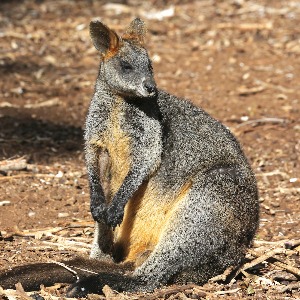
Only 10 minutes further south is the Serendip Sanctuary. Soak in the serenity or explore some of the 250ha of wetlands and grassy woodlands. Experience your own close encounter with some native wildlife on one of the popular and wheelchair-accessible nature trails. Spot a mob of emus, Eastern Grey kangaroos or even a Tawny Frogmouth from one of the many bird hides.
With an emphasis on education, the sanctuary offers a Junior Rangers Program for families during school holidays as well as downloadable DIY activity sheets. Discover how some of Victoria’s most threatened species are being protected at the sanctuary’s education facility, old school and screen-free.
Serendip Sanctuary is open every day except Christmas Day & Good Friday from 8am until 4pm. Facilities include picnic areas, barbecues, tables, toilets and drinking water.
Brisbane Ranges National Park
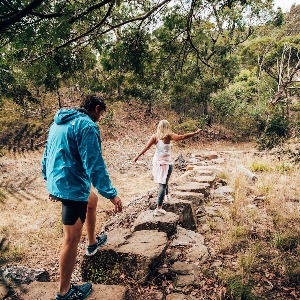
But first let’s start the adrenaline racing with some rock-climbing, abseiling, horse riding, kayaking/rafting or bushwalking (trails range from a couple of hours to several days). Camping areas with tank water and pit toilets available, bookings required. Picnic areas include wood barbecues, tables and toilets.
As with any visit to the great outdoors, best to check forecasted weather as well as location conditions. Visit Parks Victoria for more information.
Reckon you’ve earned a reward or two?
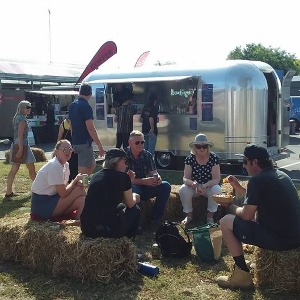
Golden Plains Farmers Market is held the first Saturday of every month and is the ideal place to begin. If you miss that, no matter; the region is well placed with a slew of farm gates and providores.
Moorabool Valley Chocolate Pick up some handmade truffles made with the freshest ingredients from this family-owned small business.
Meredith Dairy The Cameron family have been responsibly and sustainably farming sheep and goats since the early 1990s, creating one of Australia’s most iconic farmhouse cheeses which are now exported to the world.
Inverleigh Bakehouse An old-school country bakery is a thing of beauty and this converted 1868 homestead doesn’t disappoint with artisan breads as well as tempting pastries and cakes.
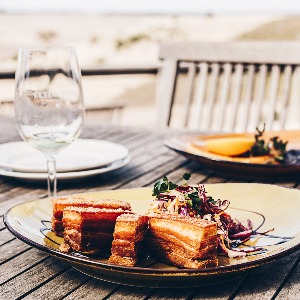
Clyde Park Vineyard and Bistro Step into the cellar door and secure a spot by the fire before tasting through their award-winning wines whilst taking in sweeping views over the Moorabool Valley. This family-friendly bistro is open daily offering everything from a quick nibble through to a three-course meal.
Del Rios Wines Enjoy a long, lazy lunch centred around their estate-grown produce (including Black Angus beef) complemented by an extensive wine portfolio.
No doubt this has whet your appetite to explore the region. You’ll only wonder what took you so long.
We wish to acknowledge the Wadawurrung people as traditional owners of this land and to pay our respects to their Elders, past and present.
Six great places for spectacular autumn leaves across Victoria
Words Richard Cornish and Jay Dillon
Thank goodness. The shorter, cooler days have signalled the end to a long, hot, dry summer. The occasional shower of rain has dampened the earth and the trees from the northern hemisphere, planted in our gardens and along our streets, are putting on their annual autumn show.
Around the state there are vast plantings of deciduous trees that change their verdant summer foliage into cloaks of orange, amber maroon and fire engine red. One of the most well-known places to see this autumn show is Bright in northeast Victoria. Which is why we’re offering a few other suggestions in case you’re thinking of heading out of town to rug up and roll around in the dunes of leaves piled up in a quiet park, or have a full-on leaf fight in the side street of a country town. All that chilly autumn air builds an appetite, so we’ve included a few of our favourite eating spots.
The Dandenong Ranges
#onehourout
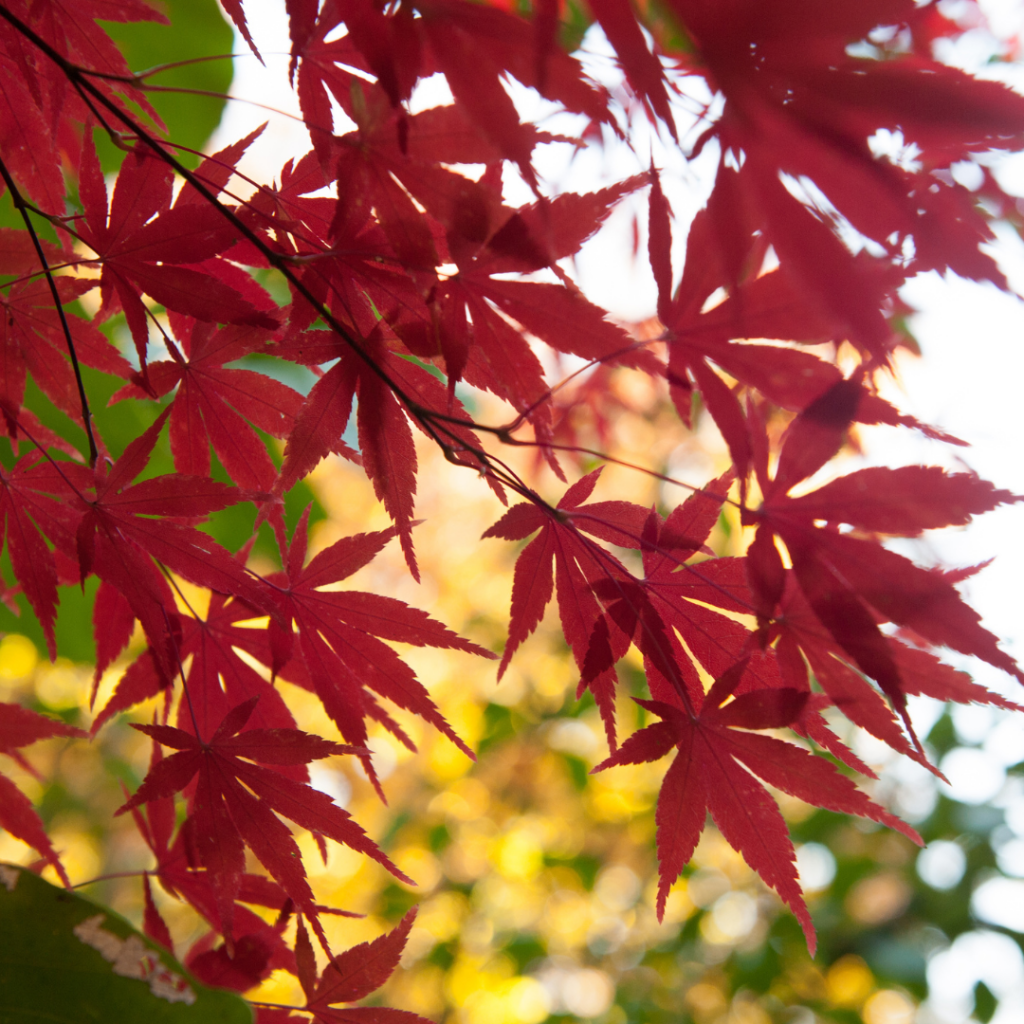
Parks Victoria manages seven magnificent gardens in the hills, including the Dandenong Ranges Botanic Garden, Alfred Nicholas Gardens, George Tindale Memorial Garden and the serene RJ Hamer Arboretum at Olinda. This is a collection of over 200 different types of trees that were planted in 1976 in rich fertile soil. At this time of the year they are simply superb. For some great bread and baked goods with excellent coffee, consider the European style Prosperina at 261 Mt Dandenong Tourist Road, Sassafras.
Mt Macedon
#onehourout
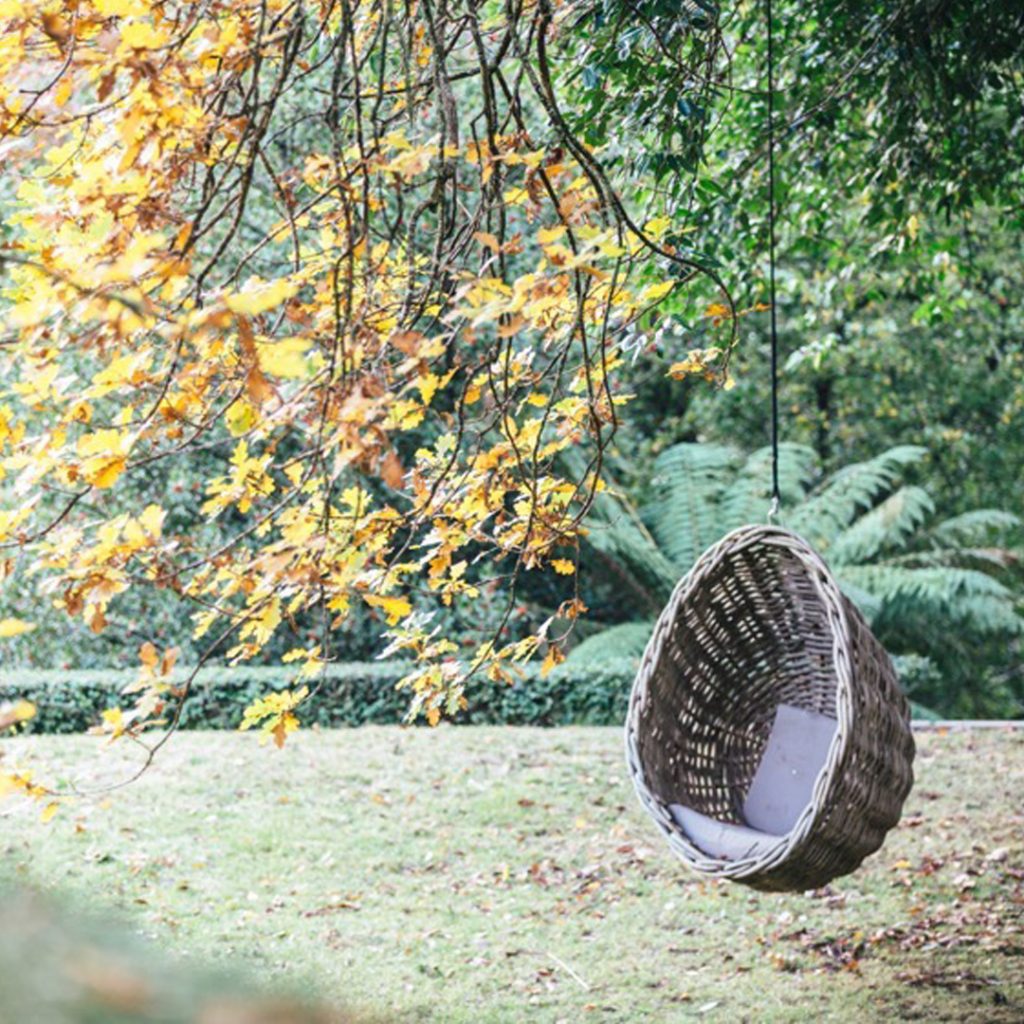
This is an exceptionally popular place for photography, and parking is available in Tony Clarke Reserve. Many visitors also drop by Tieve Tara. These are 7.5 ha of private gardens open to the public during autumn, with views across the lake to take in the rusty orange hue of the birches before they expose their silver-grey bark. While the European trees are beautiful, save some time to walk through the native bush on the summit of Mount Macedon.
Ballarat
#oneandahalfhoursout
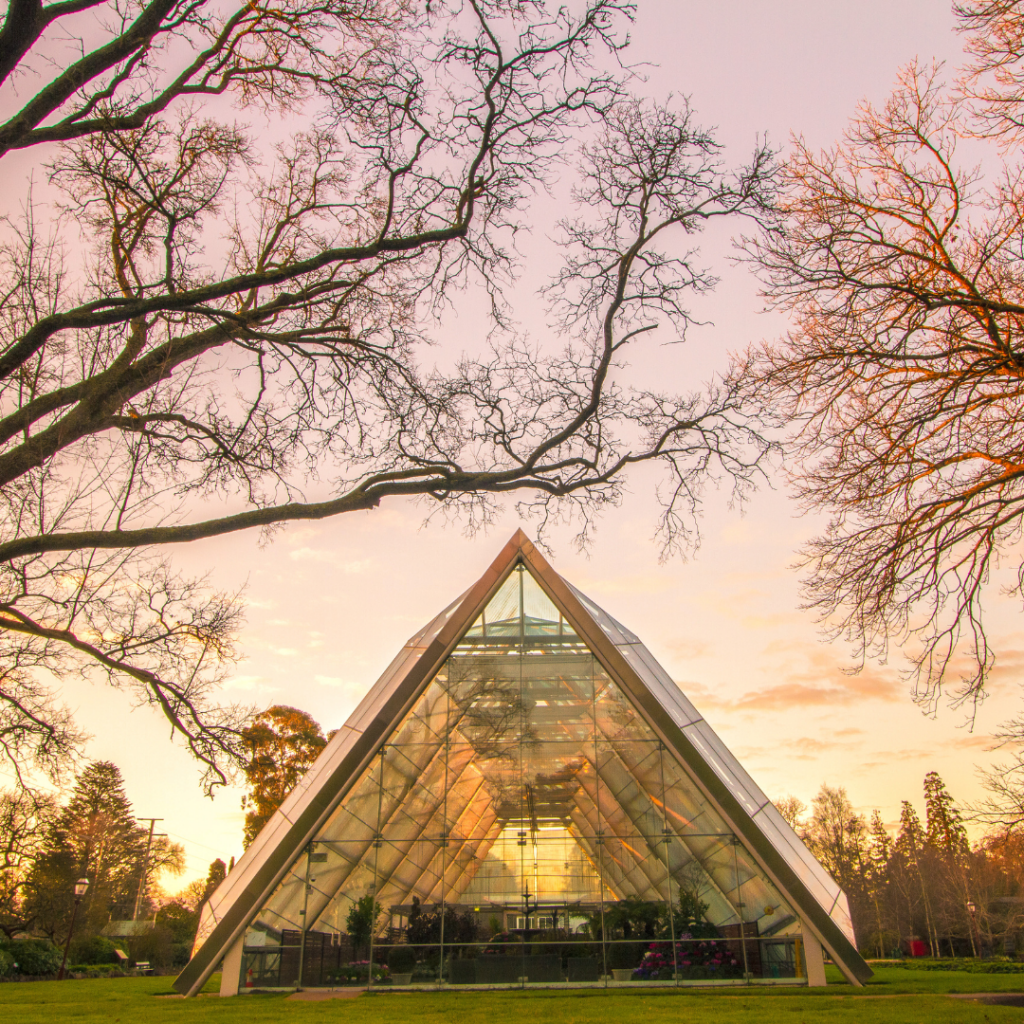
The streets of the grand gold-mining city of Ballarat were planted with exotic trees, some now over a hundred years old. A walk through the town and even the suburbs reveals street after street lined with oaks and plane trees, turning gold to fiery red. One of the most glorious sights is Ballarat’s old trams trundling around Lake Wendouree, kicking up clouds of oak leaves as they go.
Just out of town, by the slopes of dormant volcano Mount Buninyong, is the Buninyong Botanic Gardens, where are planted hundreds of deciduous trees that have created thick carpets of coloured leaves lying on the ground. On the other side of the Western Highway, just off the Ballarat-Daylesford Road, is Kirks Reservoir Park and Gong Gong Reservoir Park, two hidden gems. Kirks has great BBQ and picnic facilities with expansive lawns planted with oaks and elms, while ‘the Gong’ offers a great water trail walk. Afterwards drive back into town for a charcuterie platter, a glass of local red and a seat by the fire at Mitchell Harris Wine Bar, 38 Doveton St North, Ballarat.
Walhalla
#twoandahalfhoursout
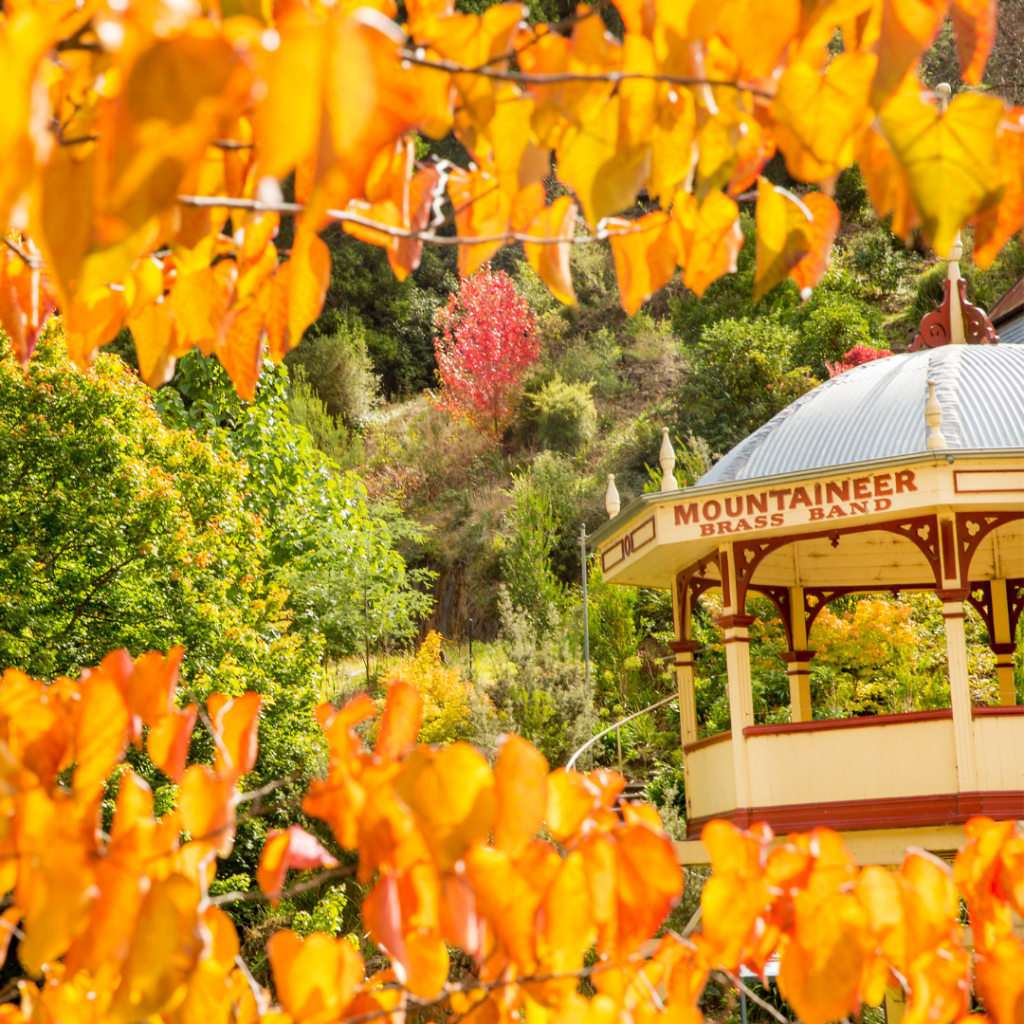
Further up Main Road is the Mountaineer Brass Band Rotunda. Built in 1896 the domed ceiling is so designed that if you are standing directly under it, the sound of the creek below seems to come from every direction. Walk up to the Tramline Walkway, which follows the contours of the hills above Stringers Creek. From here you can see the green native bush punctuated with the extreme colour of the exotic trees, some over a century old. When done, go to the Wally Pub for a counter meal and an ice-cold pot of beer. 2 Walhalla Rd, Walhalla.
Blackwood
#oneandahalfhoursout
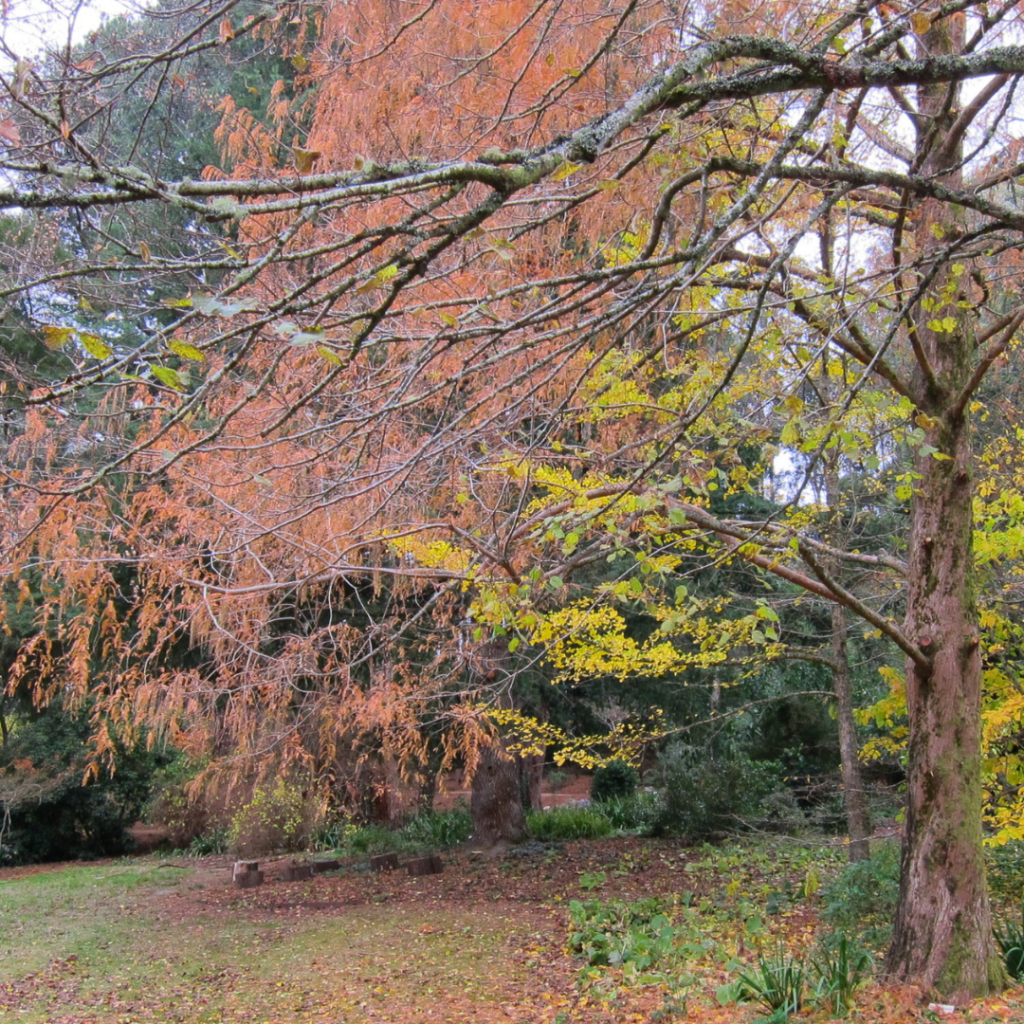
Have a coffee at the Blackwood Merchant in Martin Street or wander down Hugget Lane to the alkaline mineral springs. Down Simmons Reef Road is Garden of St Erth. It was planted out in the 1970s by the former headmaster of Geelong Grammar around an 1860s sandstone general store. Here is a very beautiful garden with deciduous trees, food jungle, garden cafe and quite spectacular canvas bell tent, for glamping under the tree by a small lake.
Heathcote
#oneandahalfhoursout
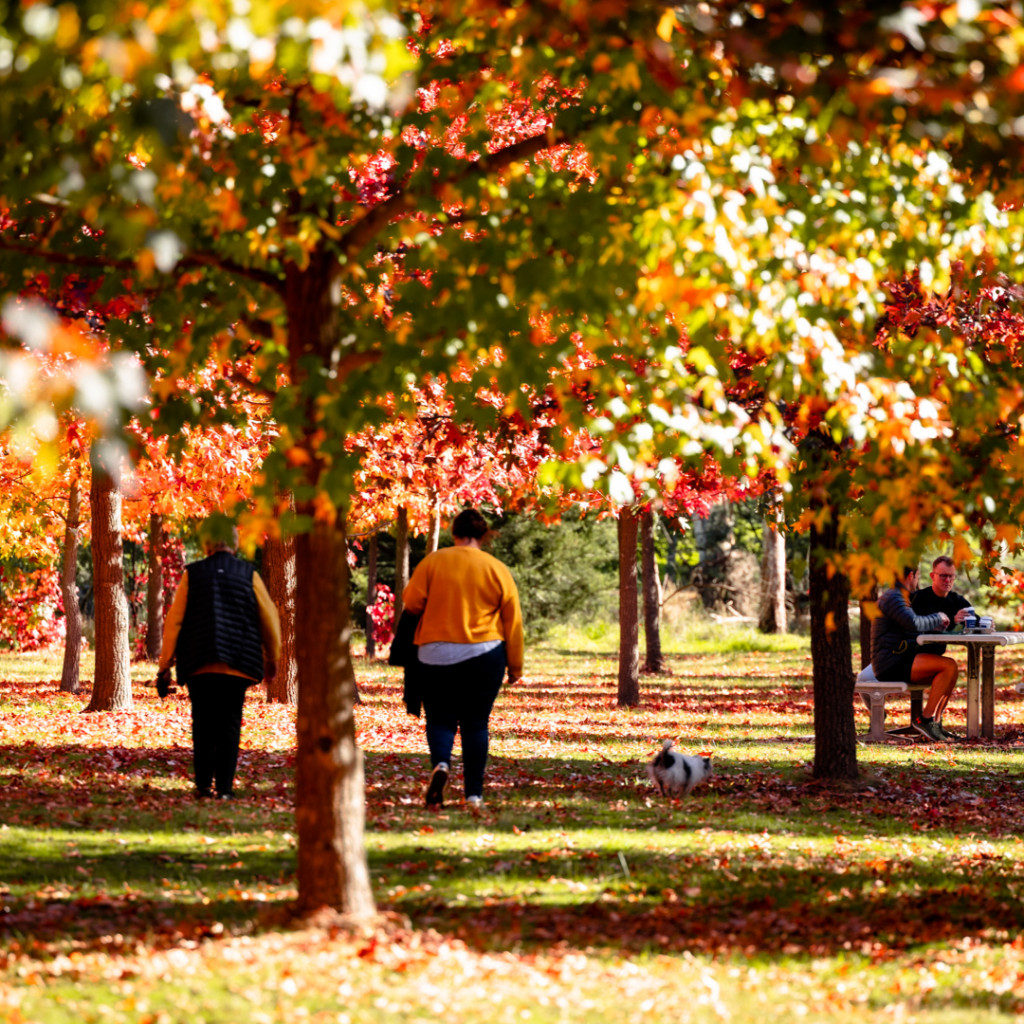
We recommend picking up some pies from Gaffney’s Bakery in town and setting yourself up for a picnic under the brightly coloured shade.
Once you are energised again, take a walk along the road to the east and you will find an small bluestone building that was once the storage of the all the explosives utilised during the gold mining era.
Explore more Heathcote outdoor activities here.
We wish to acknowledge the traditional owners of this land and to pay our respects to their Elders, past and present.
Explore, Discover, Uncover the Western Grampians
It’s time to return to the Murray
Words by Anthea Riskas Photography Jay Dillon and supplied
Seeing towns along the Murray River endure the flood events of 2022, was devastating. But now that the waters have subsided, and the arduous cleanup and repairs complete, these resilient communities still need your help. And what they need you to do is visit!
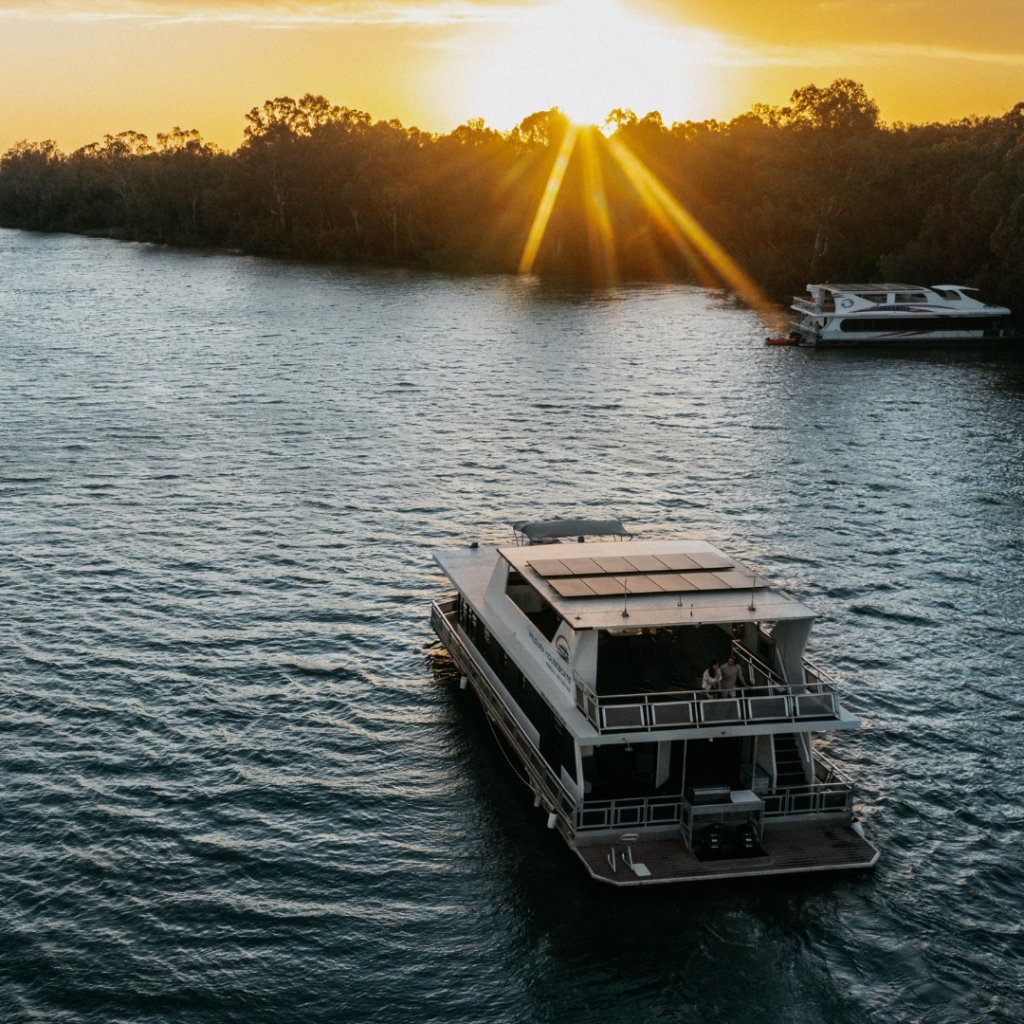
The obvious place to start planning is along the river itself, and one of the most well-loved ways to enjoy it is by skippering your own houseboat. Fire up the group chat and get a bunch of your favourite pals together to share costs and make memories on your own floating holiday house. You can set sail from Echuca, Moama, Yarrawonga, Mulawa, Mildura or Wentworth. Throw a fishing rod over the side, slowly watch the world go by and moor along the way to explore smaller towns. All you need is a full driver’s license and a sense of adventure, the captain’s hat is optional.
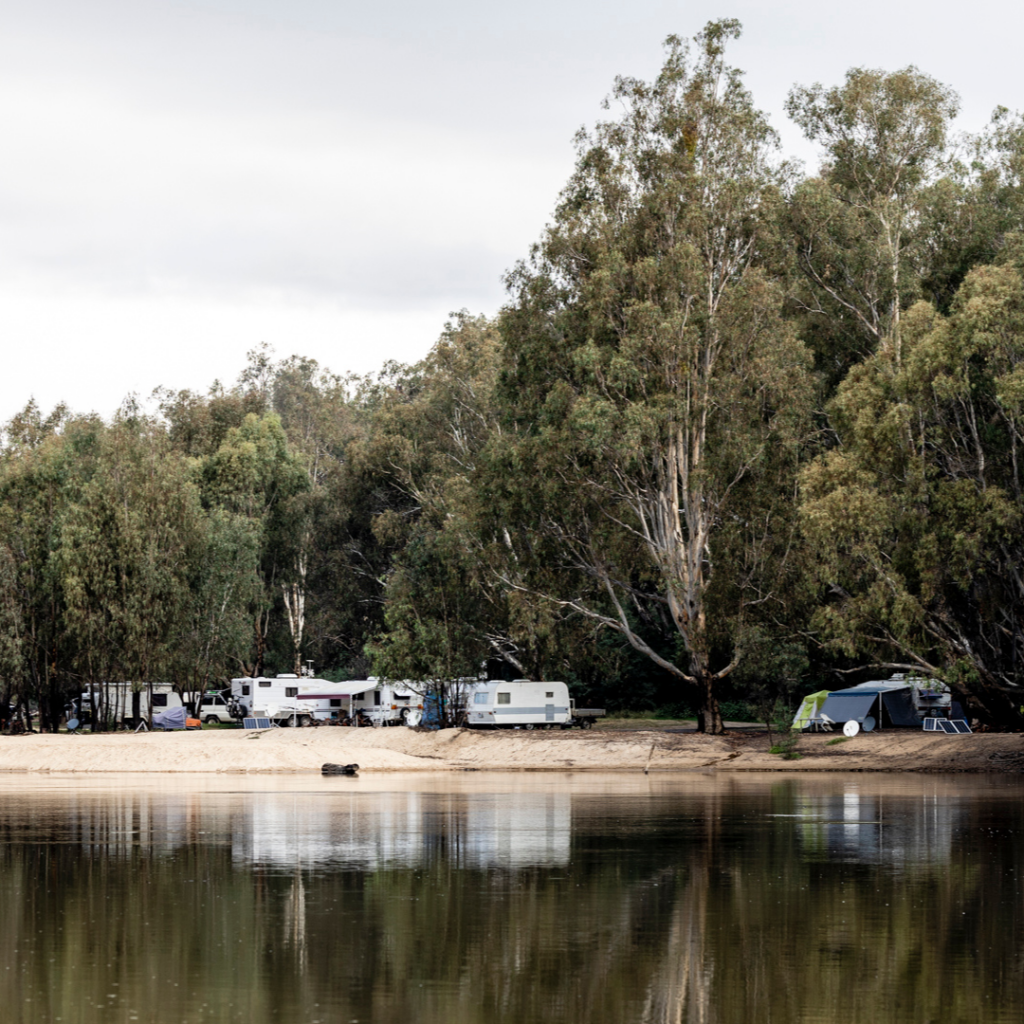
Perry Sandhills is a spectacular series of sand dunes that have been formed by wind erosion over thousands of years. Traditional owners once camped and hunted here and evidence of their activities, as well as skeleton remains of mega-fauna, are still being revealed as the sand dunes shift over time. It is a stunning landscape to walk through and explore with the family. Kids will love to tumble down some of the steeper dunes. The dramatic site has been regularly utilised as a backdrop to a number of popular films including The Man from Snowy River II.
The Sandhills are also one of many sites of the region that hold deep cultural and spiritual significance to local Indigenous peoples, and another must-see stop on this side of the border is the Aboriginal culture centre Barkindji Wiimpatya Murra Centre (Bmeet), in Dareton. Here you’ll find artworks ranging from traditional carvings and painting to jewellery and more.
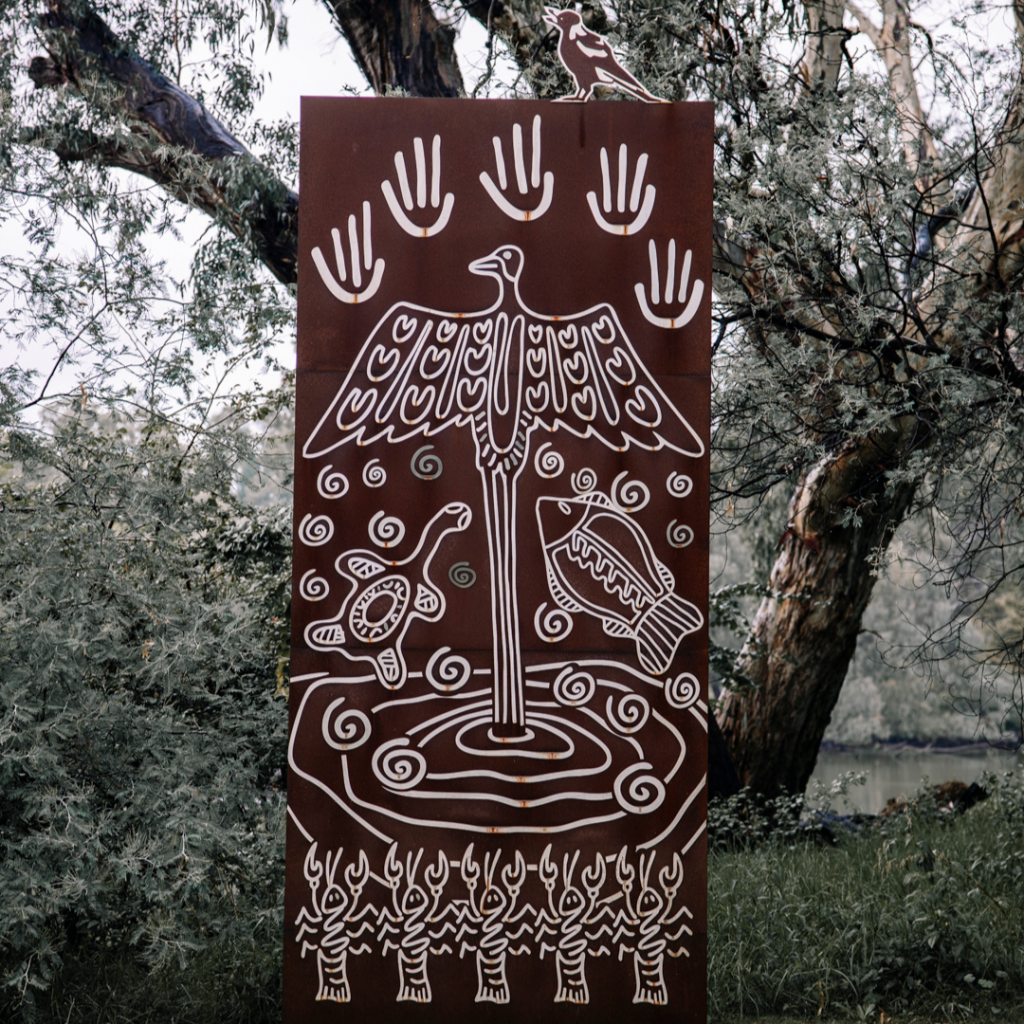
One of the most extraordinary artistic ways to plan your Murray River journey is by mapping out a tour of silo art along the way. Larger than life murals can be seen literal stories high, painted on the sides of wheat silos in towns like Rochester, Colbinabbin, St James and Picola. This outdoor “gallery” has to be seen to be believed!
More of a history buff than an art lover? Then there’s plenty for you throughout the region, with museums and collections ranging from an historic gaol in Wentworth, to all things automotive at The Depot in Deniliquin, from colonial recreations at the Port of Echuca Discovery Centre to a dry-docked submarine in Holbrook and flying boats at Lake Boga. If this is starting to make no sense, it’s your sign to start visiting for yourself.
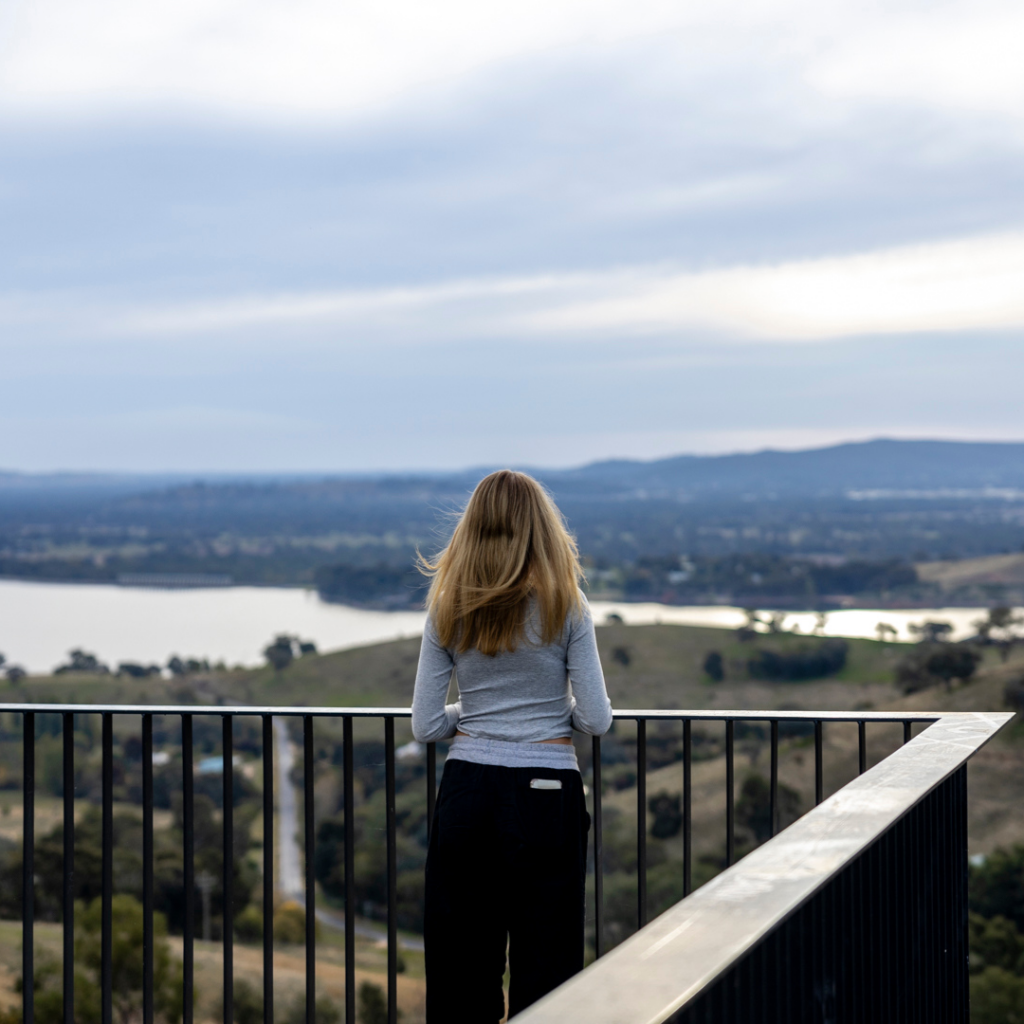
And then there’s food! Which we could dedicate an entire article to – and which we will do soon, so stay tuned to uncover a secret speakeasy cocktail bar, hipster-level coffee, fine dining and so much more.
For now though, as the weather starts to cool down south, remember that towns like Mildura have semi-arid climates, which mean they’re perfect winter destinations and all along the Murray River Region you’ll find a warm welcome, so get planning!
THE DETAILS
Where: Murray River Region
What: Nature, art, history and more!
More Info: Visit The Murray
We wish to acknowledge the Wadawurrung people as traditional owners of this land and to pay our respects to their Elders, past and present.
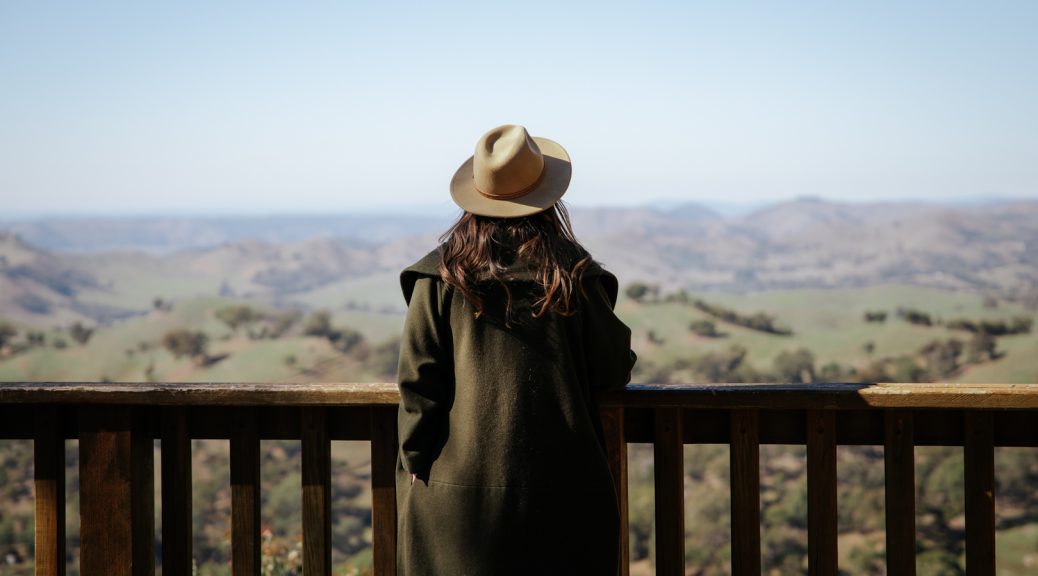
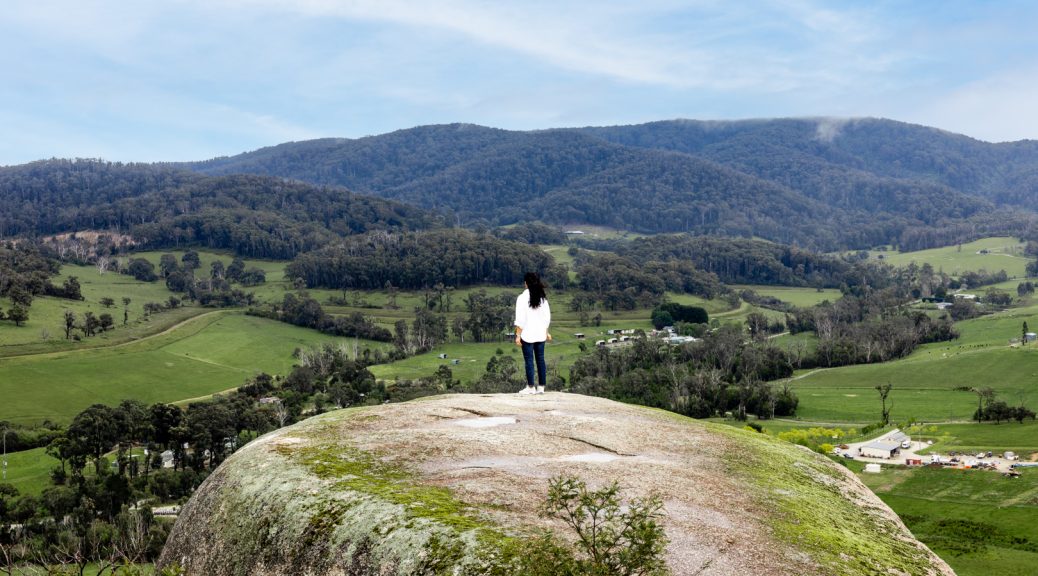
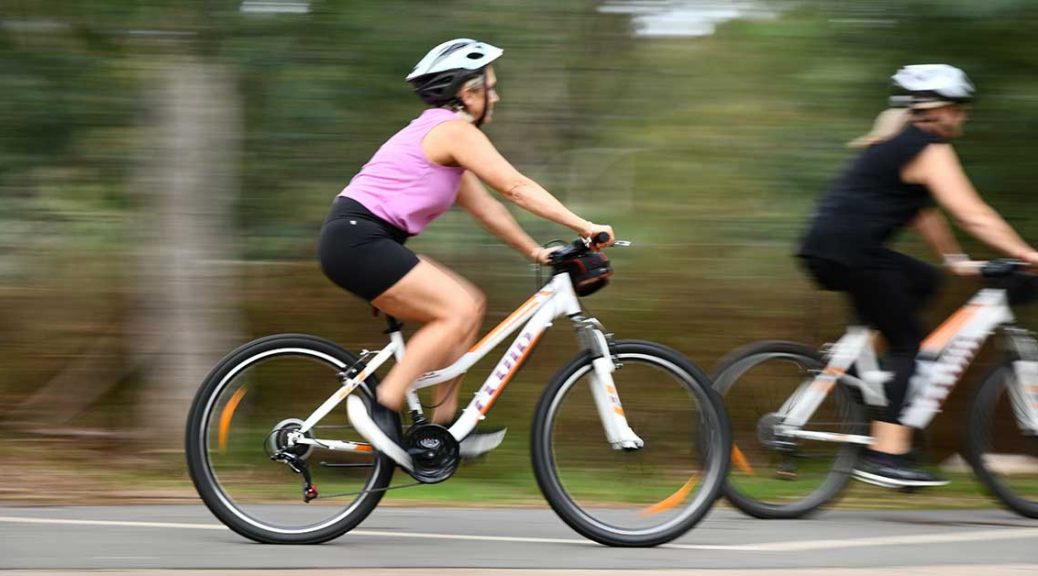
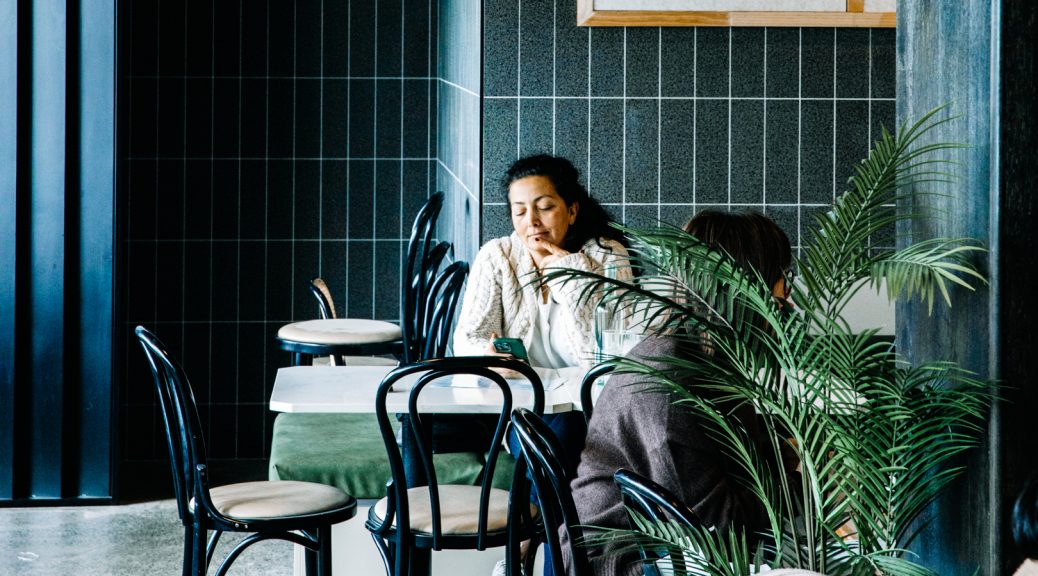
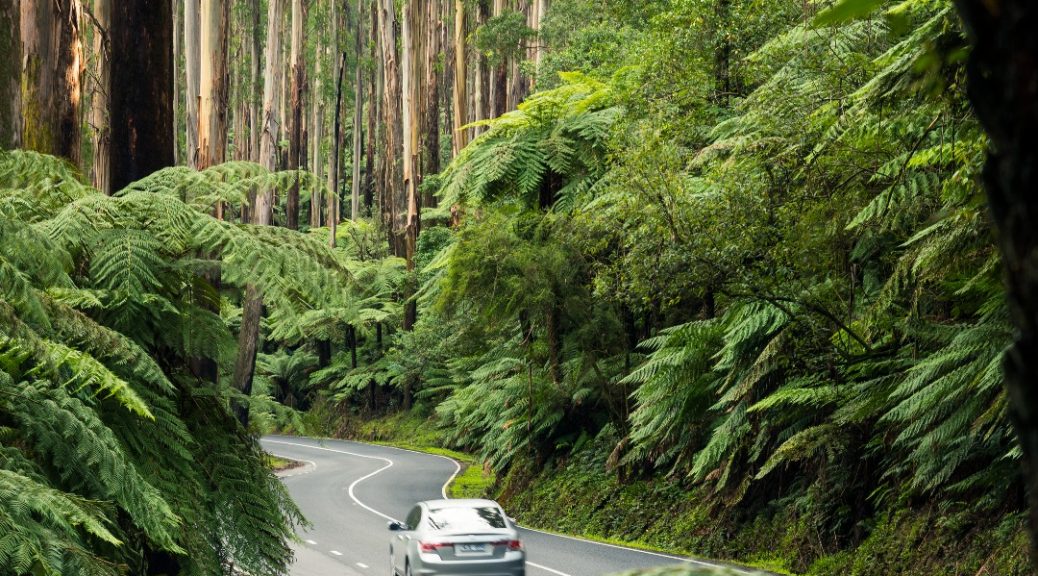
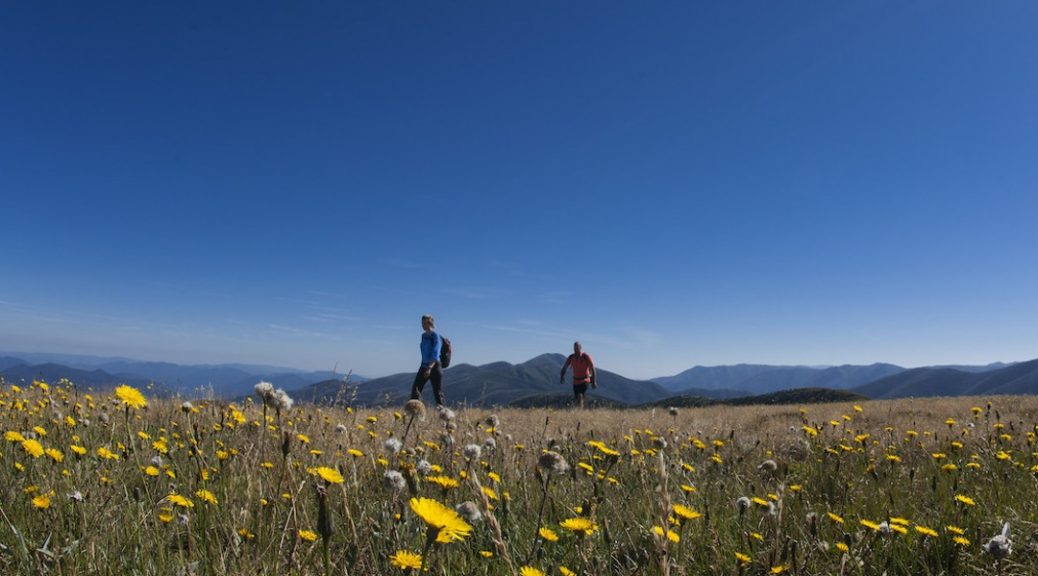
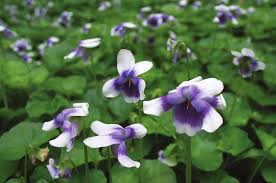
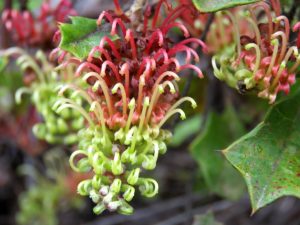
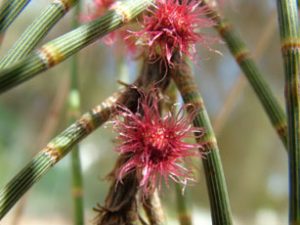
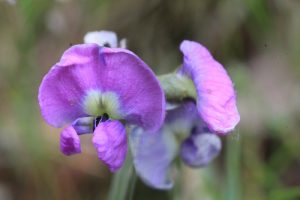
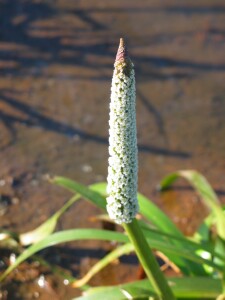
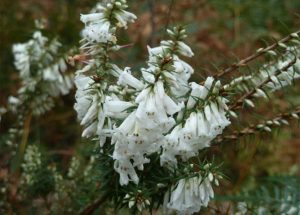
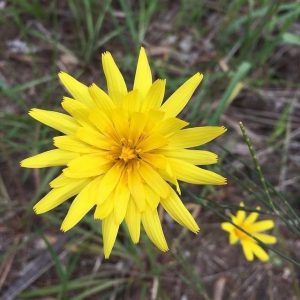
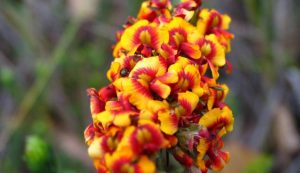
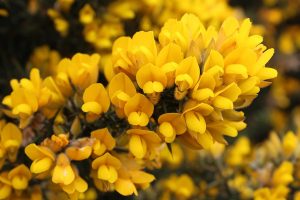

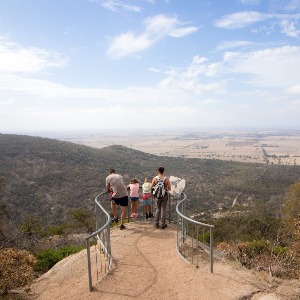 You Yangs Regional Park
You Yangs Regional Park
